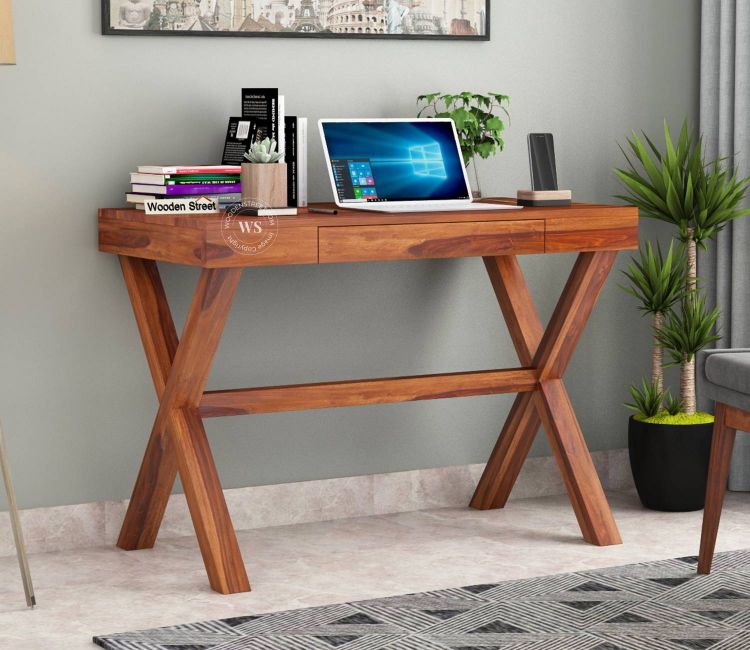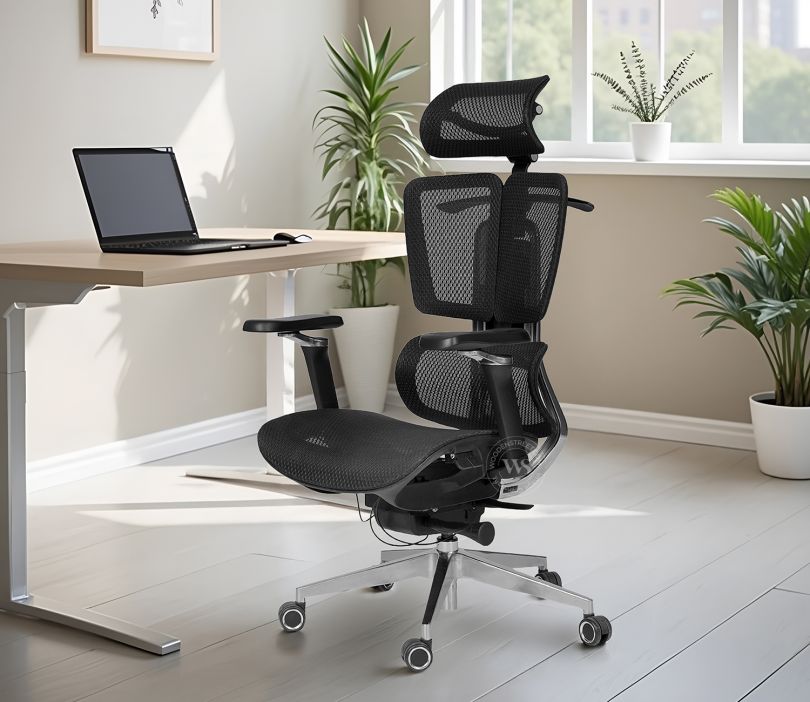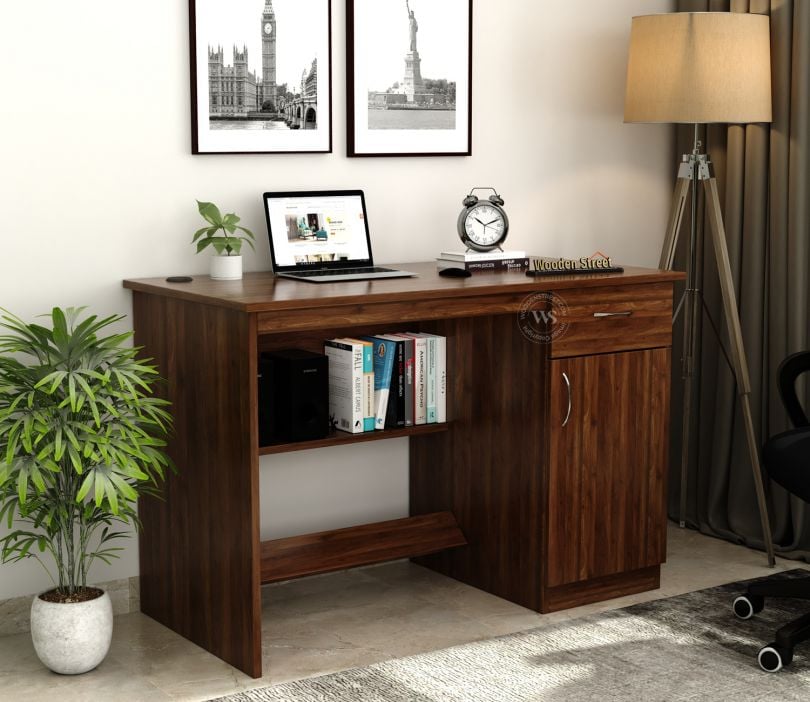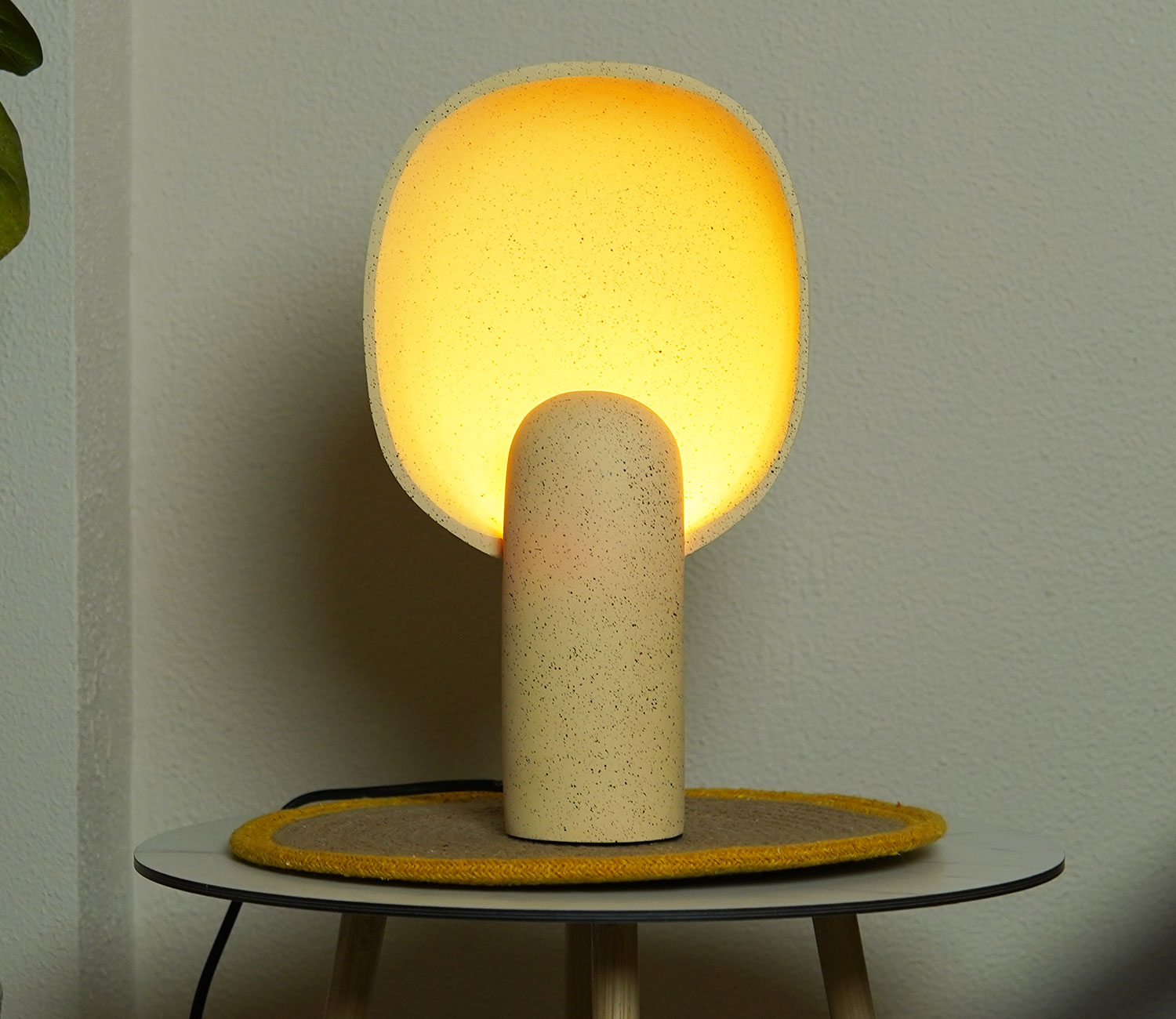How to Choose Best Office Chair for Back Pain
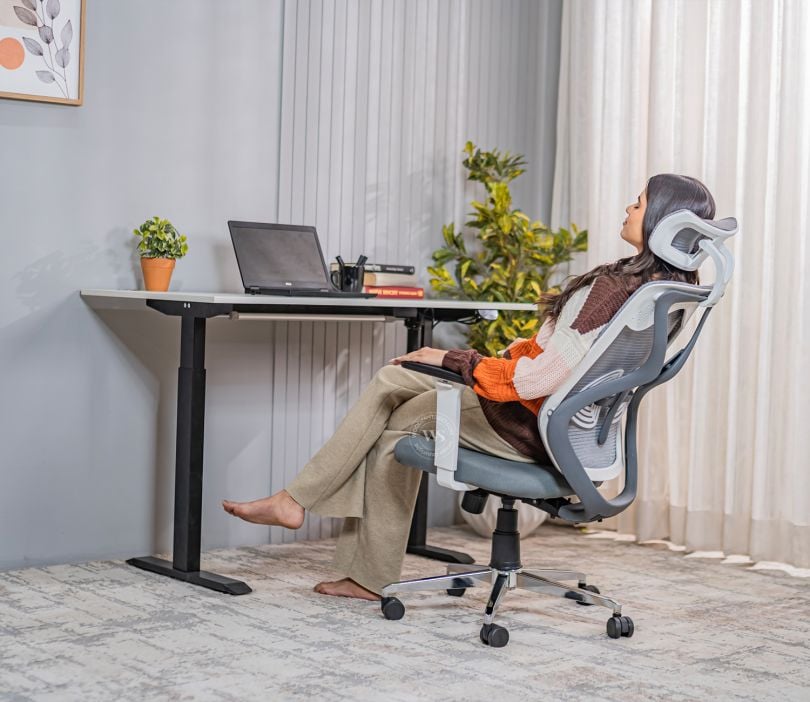
Strong 8k brings an ultra-HD IPTV experience to your living room and your pocket.
Back pain is one of the most common health issues among professionals, especially those who spend long hours sitting at a desk. Whether you're working from home or in an office setting, the chair you sit on can significantly influence your comfort and spinal health. Choosing the best office chair for back pain isn't just about comfort—it’s about proper support, ergonomics, and long-term well-being. Here’s a comprehensive guide to help you make the right choice.
1. Prioritize Ergonomic Design
An ergonomic office chair is specifically engineered to support the natural curve of your spine. It helps reduce the stress on your lower back and encourages proper posture.
Key ergonomic features include:
Adjustable lumbar support
Contoured seat and backrest
Adjustable height, tilt, and recline settings
These elements work together to distribute your weight evenly and minimize pressure points—both of which are essential for preventing or managing back pain.
2. Look for Proper Lumbar Support
Lumbar support is crucial for maintaining the natural S-shape of your spine. A chair with adjustable lumbar support allows you to position the cushion to fit the curve of your lower back.
Without adequate lumbar support, your spine may become overstressed, leading to lower back pain and fatigue over time.
Tip: Choose a chair with a firm but cushioned lumbar section, and test whether it keeps your lower spine slightly arched while you sit.
3. Check Seat Height and Depth Adjustability
An ideal office chair should allow you to adjust the seat height so your feet rest flat on the floor and your knees are at a 90-degree angle. This position improves circulation and reduces pressure on the lower back.
Seat depth should also be adjustable, allowing about 2-4 inches of space between the back of your knees and the front edge of the seat. A seat that’s too deep can cut off circulation and force you to slouch.
4. Choose the Right Seat Cushioning
The seat padding should be made of high-density foam or memory foam to support long hours of sitting without flattening. Poor cushioning may cause discomfort in the hips and tailbone area, aggravating lower back pain.
Avoid chairs that are either too soft (which cause sinking and poor alignment) or too hard (which can increase pressure and discomfort).
5. Adjustable Armrests Matter
Adjustable armrests reduce the load on your shoulders and neck by supporting your arms. The height and angle of the armrests should allow your elbows to stay close to your body at about a 90-degree angle.
Some premium chairs offer pivoting or width-adjustable armrests, which help users maintain a neutral posture during typing and computer work.
6. Backrest Tilt and Recline Features
Recline and tilt mechanisms help shift your body weight and allow the spine to rest. Look for a chair that lets you recline up to 120° or more with a lock feature, so you can change positions throughout the day.
Regular recline breaks can reduce the load on your spine and promote better posture, preventing muscle fatigue and stiffness.
7. Opt for a Breathable Material
Mesh office chairs are popular for good reason—they offer breathability, reducing sweat and keeping your back cool. However, leather or fabric chairs with proper cushioning can also work well, especially if they come with strong lumbar support and ergonomic shaping.
8. Choose a Stable, Durable Base
A five-point base with smooth-rolling casters provides mobility and reduces strain from stretching or turning. The base should be sturdy enough to support your weight and allow for safe, comfortable movement.
Final Thoughts
Choosing the best office chair for back pain involves more than just selecting a stylish seat. It's about finding a chair that aligns with your body's natural posture, supports your lower back, and allows flexibility throughout the workday. Investing in an ergonomic office chair not only improves your comfort but can also prevent long-term health issues associated with poor seating habits.
If you're serious about reducing back pain, test chairs before purchasing, focus on adjustability, and don’t compromise on quality. The right office chair is not just a productivity booster—it’s a long-term investment in your health.
Note: IndiBlogHub features both user-submitted and editorial content. We do not verify third-party contributions. Read our Disclaimer and Privacy Policyfor details.




